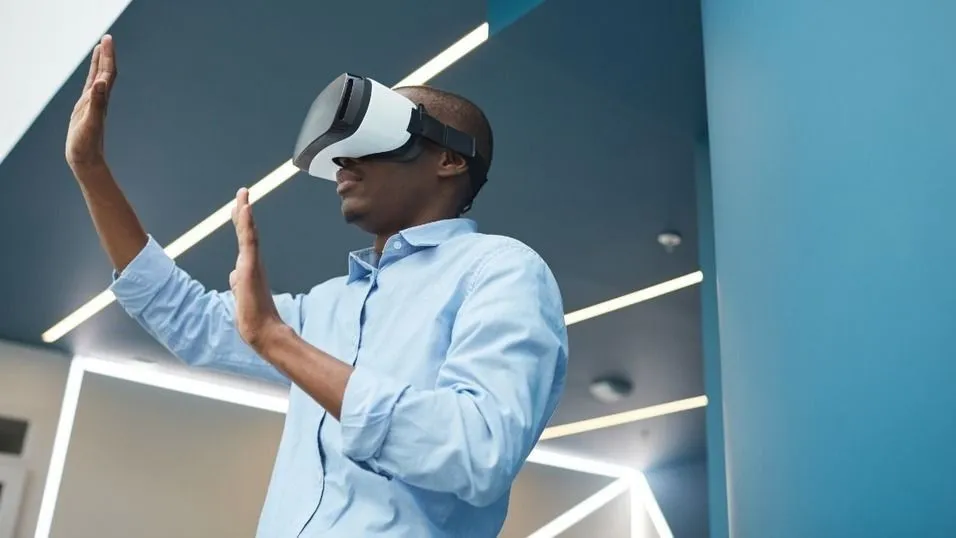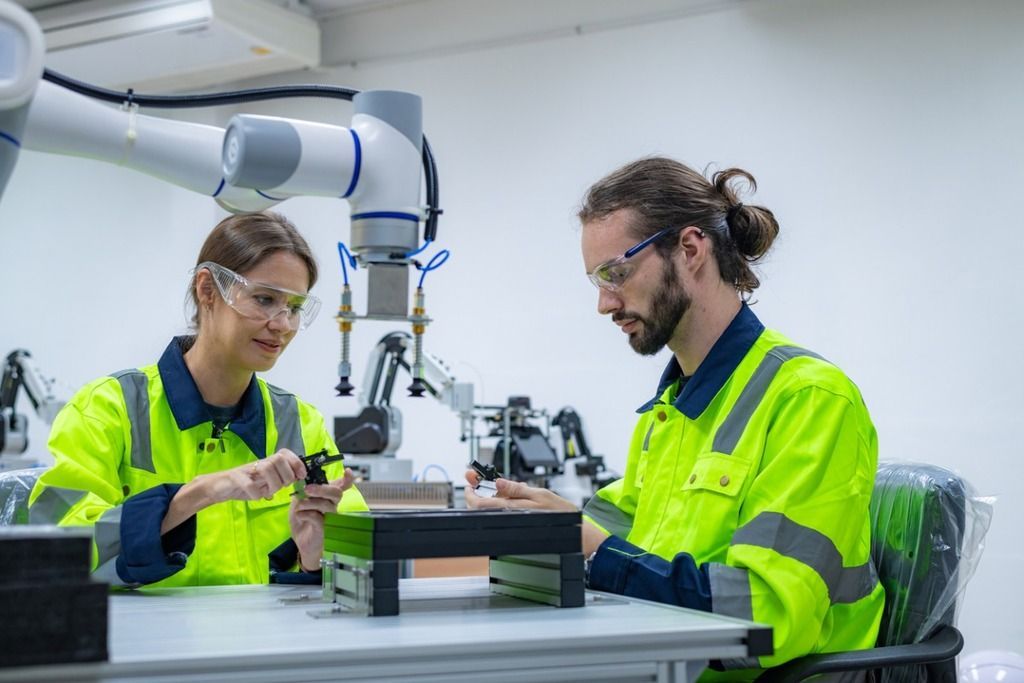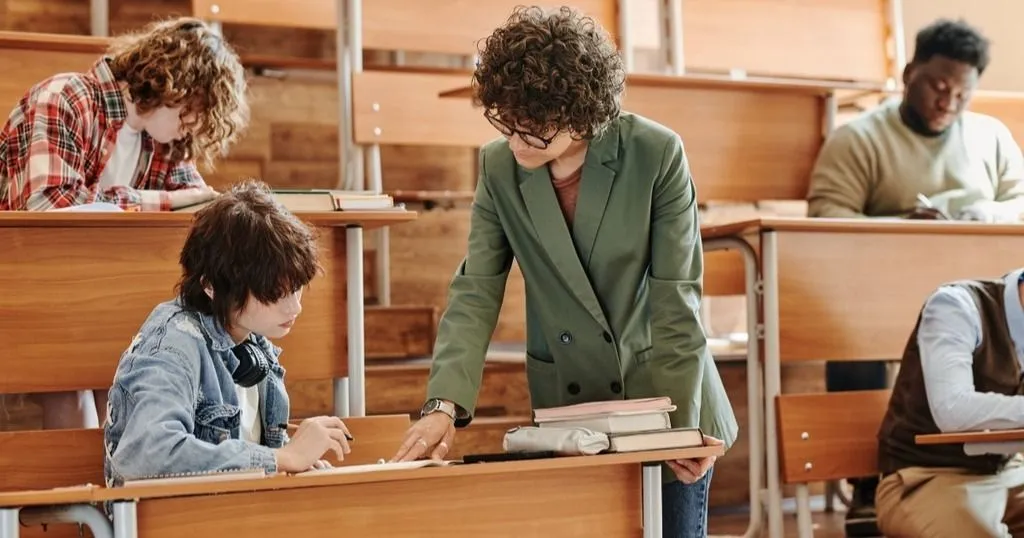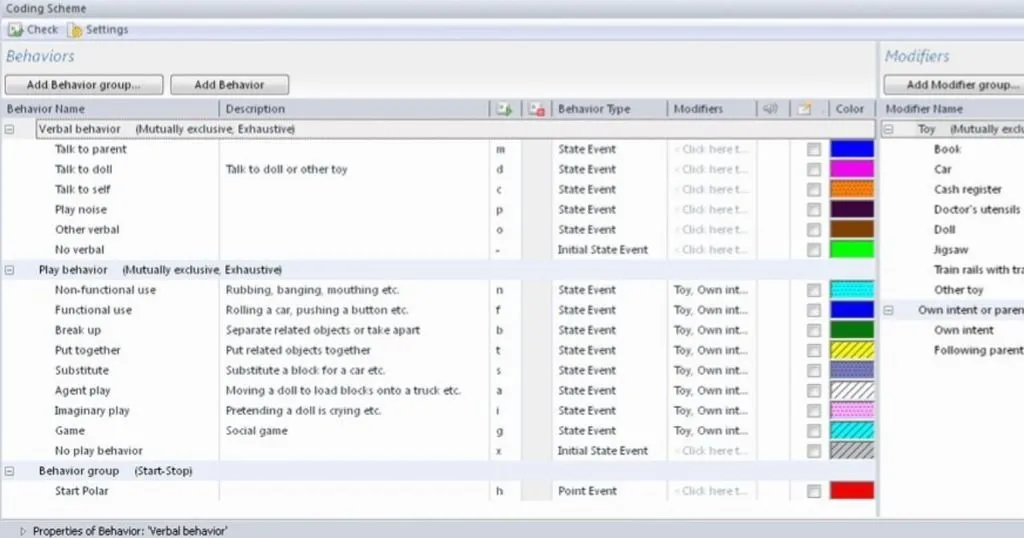How students can learn through hands-on experience
In the field of engineering, practical experience is highly important. Students need to work with state-of-the-art equipment. However, often resources are limited. Might Virtual Reality (VR) provide a solution?
Posted by
Published on
Tue 21 Nov. 2023
Topics
| Education | Observational Research | Robotics | The Observer XT | Video Observation | Viso |

Engineers are professionals who invent, design, analyze, build, and test new products. These may be machines, complex systems, innovative gadgets, or even new materials. Engineers make sure these new products work well and are safe to use. In short, engineers apply new discoveries to the real world. They are at the forefront of innovation, developing new and improved solutions to the challenges people face.
Simple examples in everyday life are the bridges we ride on, the refrigerators we store our foods in, the elevators that bring us to the highest floor, or the new toys our kids play with.
In the field of engineering, practical experience is highly important. Students in the engineering field need to work with state-of-the-art equipment, such as collaborative robots (CoBots). Characteristic of CoBots is that they work together with people (instead of independently). Besides, they are more affordable, smaller, and can easily be deployed in various processes.
However, resources are often limited at educational institutions. Therefore, Virtual Reality (VR) might provide a solution.
Studying learning successes and cognitive load
Virtual reality is an immersive technology that can create a virtual learning environment for engineering education and training. Advantages of these learning environments are, for example, that they are:
- more scalable
- independent from physical assets
- location independent
- able to cover different learning scenarios
To study the learning successes and cognitive load of novice engineering students who use virtual learning environments, the research team of Professor Gräßler of the Heinz Nixdorf Institut, Universität Paderborn, formulated the following research question:
Is a virtual environment suitable to compensate a conventional learning environment in terms of achieved learning success, assuming the same self-educated teaching methods?

Observing students’ behaviors
The research team set up a collaborative and immersive game-based virtual learning environment, including an integrated VR tool that allowed students to become familiar with the movements and basic functions of CoBots.
To be able to validate the research question, the virtual learning environment was compared with a traditional learning environment concerning subjective and objective learning gains. Both environments were equipped with observation cameras to be able to capture the behaviors of the students.
FREE DEMO VISO: Capture skills training sessions
Request a free demonstration to find out why AV recording tool Viso is the right tool for your educational institution!
- Easy-to-use solution
- Train and educate, enhance teamwork
- Immediate playback of recordings
How do students learn, think, and act?
The students who participated in the study had to perform a training task: the programming of the CoBots for a pick-and-place task. The robot picks up a given object at position A, guides it over an obstacle, and deposits it at position B. To do this, the following six steps must be completed:
- Establishing a connection between the robot and computer
- Execution of the script for the pick and place
- Programming the gripping point (starting point)
- Programming suitable points on the movement curve
- Programming the end point where the object is released
- Automated execution of the pick and place process
Students’ knowledge levels were assessed before and after the training task. The researchers compared a conventional learning setup in the automation lab with a virtual one. They divided the students into two groups: one used the regular lab with a physical manual to instruct the students about the task, and the other used VR glasses in a new interactive virtual learning environment.
Also read: How to choose the best audiovisual lab for your project.
Directly after the execution, a subjective and objective learning level test was carried out.
The research team played back the recorded observations using the AV recording tool Viso and analyzed the data with The Observer XT. Together with the used questionnaires, these software tools helped them to study how the students learn, think, and act while they were being trained.
RESOURCES: Read more about The Observer XT
Find out how The Observer XT is used in a wide range of studies and how it can elevate your research!
- Free white papers
- Customer success stories
- Featured blog posts
Learn through hands-on experience
The results showed that both test groups had a very high learning gain, more than 90%. They had no knowledge of how to use CoBots before the training and learned a lot during the training.
The two groups differed in terms of the time used for training, which was shorter for the students in the VR group; 10 versus 18 minutes on average. This means that productive CoBot time could be saved by using the virtual learning environment, without negative effects on learning outcomes.
The researchers conclude cautiously that VR can help students learn through hands-on experience and fill the gap when universities have limited resources.
In future research, it would be beneficial to explore virtual learning environments for specific university courses. Additionally, exploring how virtual learning environments can be used in different learning situations, like operating machines for creating and developing future products, seems promising.
Reference
Gräßler, I.; Hieb, M.; Roesmann, D.; Unverzagt, M. & Pottebaum, J. (2023). Virtual learning environment for teaching the handling of collaborative robots. 13th Conference on Learning Factories. http://dx.doi.org/10.2139/ssrn.4471596
Related Posts

How to observe adolescents and teachers in a classroom

7 Tips how to set up a coding scheme
